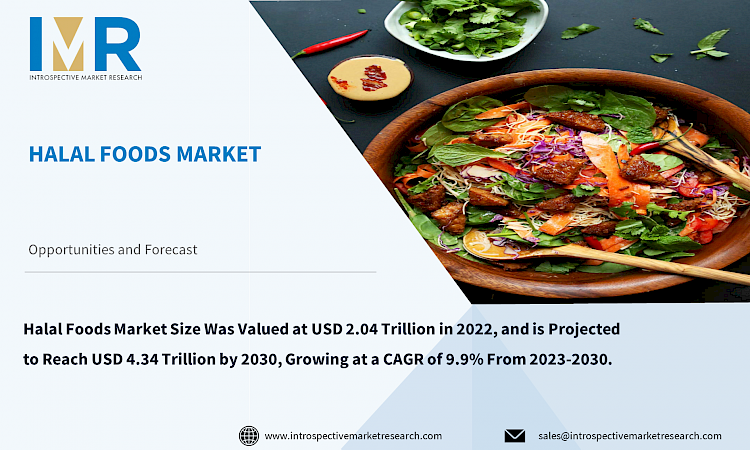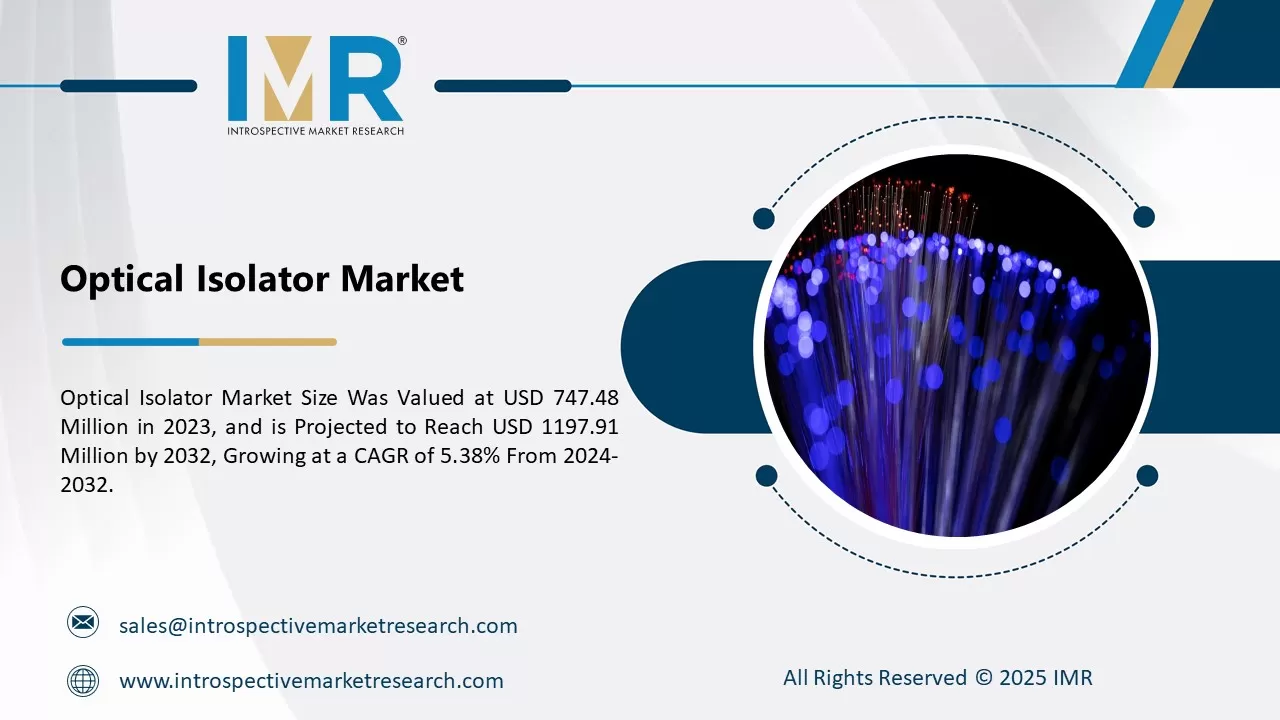Market Overview:
Halal Foods Market Size Was Valued at USD 2.04 Trillion in 2022, and is Projected to Reach USD 4.34 Trillion by 2030, Growing at a CAGR of 9.9% From 2023-2030.
Halal, an Arabic term meaning "permissible," encompasses a set of regulations in Islam governing permissible and forbidden actions, particularly concerning food and drink. To be considered halal, meat must adhere to strict guidelines and be slaughtered according to specific rituals. Anything that doesn't meet these requirements is classified as "haram," or prohibited. This includes alcohol, pork, pig by-products, blood, animals that die before slaughtering, and animals not slaughtered in the name of Allah. Halal products also undergo thorough cleaning and packaging processes using designated utensils. The halal industry has expanded beyond food and now includes sectors like halal travel, hotel services, and fashion, driven by changing attitudes among Muslim consumers and a broader global trend towards ethical consumption. The industry is projected to experience significant growth in the coming years due to increasing concerns about sustainability, environmental protection, and animal welfare.
Top Key Players Covered in The Halal Foods Market:
- QL Foods Sdn Bhd (Malaysia)
- Al Islami Foods Co. (UAE)
- DagangHalal Group (Malaysia)
- Saffron Road (US)
- Kawan Foods Berhad (Malaysia)
- Janan Meat Ltd (UK)
- Prima Agri-Products Sdn Bhd (Malaysia)
- Cargill Inc. (US)
- BRF S.A. (Brazil)
- Nestle S.A. (Switzerland)
- Tahira Foods Ltd. (UK)
- Al-Falah Halal Foods Ltd. (UK) And Other Major Players.
Market Dynamics and Factors:
The significant driver behind the growth of the halal food market is the increasing Muslim population worldwide. With a rising number of Muslims globally, particularly in countries such as Indonesia, Saudi Arabia, and Pakistan, there is a growing demand for halal food products. This expanding consumer base seeks products that comply with Islamic dietary guidelines, creating a need for halal-certified options. As the Muslim population continues to grow, businesses are recognizing the market potential and are increasingly focusing on producing and marketing halal products to cater to this demographic. The increasing Muslim population acts as a catalyst, driving the growth and expansion of the halal food market on a global scale.
The regulatory landscape for halal food and beverages is dynamic and constantly evolving, presenting challenges for businesses operating in this industry. Regulations vary across regions and countries, and there are differences in how Muslim-majority and non-Muslim-majority countries approach the issue. Creating a unified regulatory framework that aligns with mainstream food industry standards poses a significant obstacle to market expansion. Manufacturers struggle with the absence of a robust international framework to ensure halal integrity, hindering their access to both local and export markets.
The Halal Foods Market Report Highlight:
- By Product Type, the Meat segment is anticipated to dominate the market over the forecast period. The growing Muslim population and consumer trends towards healthy eating in countries like China, India, Indonesia, and Europe are expected to drive the expansion of the halal meat industry.
- By Distribution Channel, the traditional retailers' segment is anticipated to dominate the market over the forecast period. Traditional butcher shops dominate the halal meat market, but supermarkets are quickly catching up by investing in technology, complying with regulations, and expanding online retail channels.
- Asia Pacific region is anticipated to dominate the market over the forecast period. Saudi Arabia is projected to lead the growth in the Middle East and Africa's halal food and beverage market, driven by its increasing Islamic population and higher disposable incomes, while also addressing the challenge of the food supply through imports and promoting local production of halal cuisine with new regulations.
Key Industry Development:
In March 2021, Al Islami Foods Expanded into the Frozen Dough Market with New Paratha. The company debuted the frozen plain paratha in response to the growing demand for convenient, ready-to-cook meals and snacks.
Halal Foods Market Segmentation:
By Product Type
- Meat
- Poultry & Seafood
- Dairy Products
- Fruits & Vegetables
- Others
By Distribution Channel
- Traditional Retailers
- Supermarkets/Hypermarkets
- Online Retail
- Others
For this report, Introspective Market Research has segmented the Halal Foods Market based on region:
Regional Outlook (Revenue in USD Million; Volume in Units, 2023-2030)
North America
- US
- Canada
- Mexico
Eastern Europe
- Bulgaria
- The Czech Republic
- Hungary
- Poland
- Romania
- Rest of Eastern Europe
Western Europe
- Germany
- UK
- France
- Netherlands
- Italy
- Russia
- Spain
- Rest of Western Europe
Asia Pacific
- China
- India
- Japan
- South Korea
- Malaysia
- Thailand
- Vietnam
- The Philippines
- Australia
- New Zealand
- Rest of APAC
Middle East & Africa
- Turkey
- Bahrain
- Kuwait
- Saudi Arabia
- Qatar
- UAE
- Israel
- South Africa
South America
- Brazil
- Argentina
- Rest of SA





